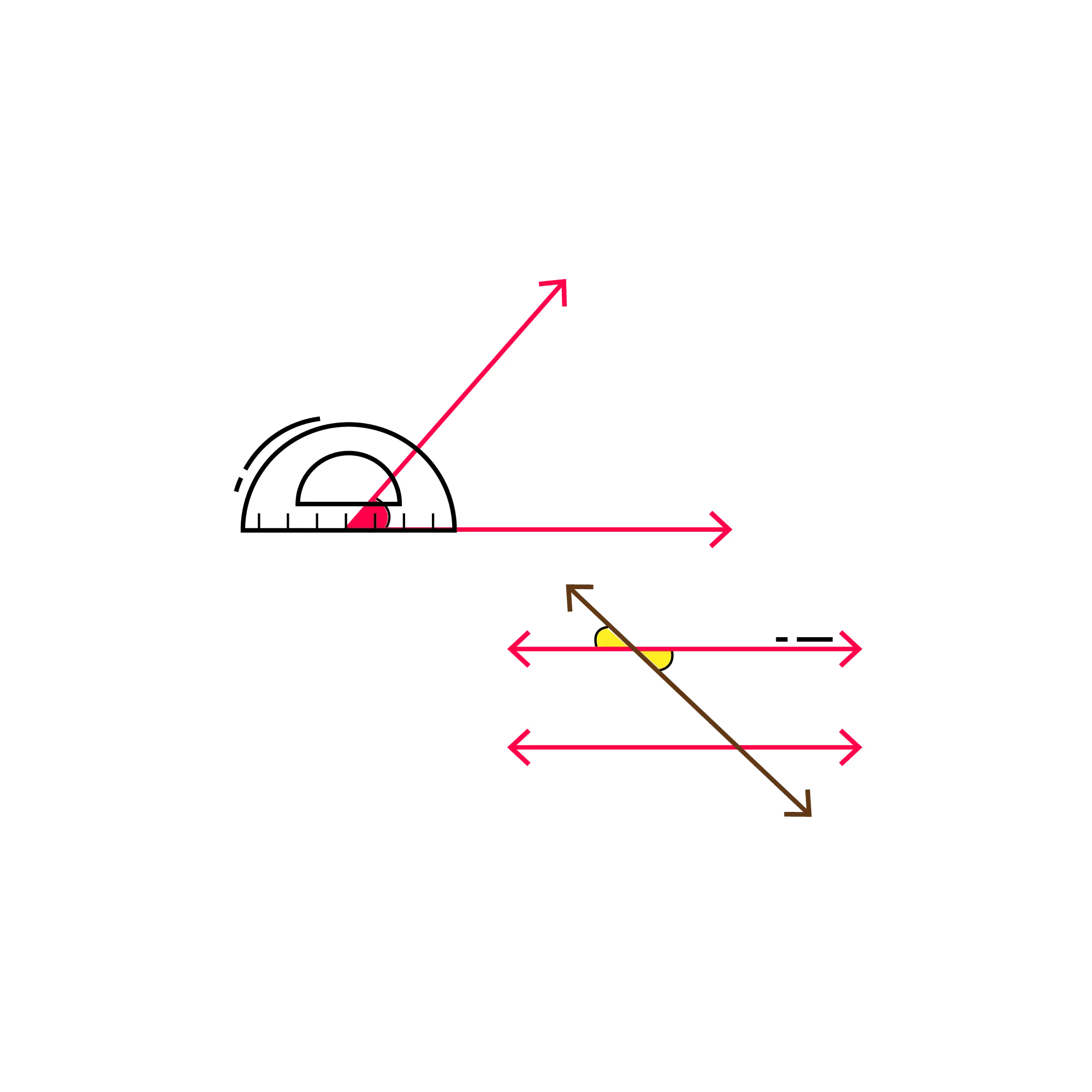
SAT Math Strategies
Some strategies are so powerful that they can singlehandedly increase your SAT Math Test score by more than 100 points. At AP Guru, we absolutely recommend students use these three strategies time and again.
If you learn just three strategies and build them into your routine, you’ll notice a ludicrous shift in your math performance. These strategies can be applied to the majority of your SAT Math Test questions.
1. Stealing the Answers
The SAT is a multiple-choice exam (apart from a few Grid-In Questions). On the Math portion, this has a profound implication: the correct answer is sitting right in front of you. Why would you ever go through the horrible work of actually solving a math problem or working harder than you need to when you can just cherry pick the right answer instead?
All problems that allow you to steal answers have something in common: they point to the answer choices. Whenever you can steal answers, you’ll see language like this:
- “What is a number that satisfies these conditions?” In other words, “there’s only one number, and it’s in the answer choices...so plug the choices in and figure it out...”
- “Which of the following...” Sometimes, the question literally says, “Of these answers, one does X, Y, or Z.” In those cases, you know it’s stealing time!
- “What is the largest/smallest possible value of...” The problem is saying, “there are a few values that work, but the largest/smallest is in the answer choices, and you can just plug them in to see if they work.”
- “What could be a value of...” Most problems involving “possibility” that also contain the words “could” or “might” will allow you to steal answers.
Just like any other strategy, this one takes a bit of practice before it’s totally useful. The more You practice, the better you’ll become at identifying when you can steal or eliminate. Examples are always the best way to learn, so let’s launch right into the good stuff
Example 1
Andrea manages a company that currently has 116 customers, which is 8 more than twice the number of customers the company had 1 year ago. How many customers did the company have 1 year ago?
A. 50
B. 54
C. 61
D. 66
Solution: The best way to approach this problem is to take each answer choice, double it, and add 8. Start at the top and see which one works. For example, option A would be 50 x 2 = 100. Add 8 to it that would be 108. Therefore, it is not the answer. Option B would be 54 x 2 = 108. Adding 8 gives you 116. There we have it. B is the correct answer (there can’t be two right answers to a math problem, so there’s no need to test options C or D). That was easy!
Example 2
Which of the following (x,y) pairs is the solution for the system of equations x + 2y = 4 and -2x + y = 7
A. (-2.3)
B. (-1.2,5)
C. (1,1.5)
D. (2,1)
Solution: Like before, plug each answer in, and you’re good to go! One will work, the others won’t. Start with A. If we plug the X and Y values in, we get: -2 + 6 = 4 for the first equation. Check! For the second, we get 4+3 = 7. Check!
It works! The answer is A. Boom. We’re done. Testing in the rest would be a waste of time.
2. Plugging In Numbers
Many SAT Math Test problems don’t deal in concrete numbers - they deal in variables.
FOR INSTANCE: "A certain table has a width four times as great as its length” or “The amount of strawberries sold, S, is twice the amount of blueberries sold, B.” And so on and so forth.
In both cases, and all cases like them, you’re not dealing with numbers you’re dealing with the idea of numbers. That makes things unnecessarily difficult, and who likes when things are difficult? We don’t, and neither should you.
Math is about numbers. When you do math without numbers, it’s hard. When you do math with numbers, it’s easy. With that in mind, our goal is to use real numbers whenever we possibly can and to make them up if they don’t exist.
Always follow this Golden Rule: If you don’t need to know the value of anything in any given math problem, make the value up. It doesn’t matter whether it’s the value of x, the side length of a square, the number of students in a class, whatever. If you don’t need to know it specifically, then make it up and plug it in.
Whenever you read an SAT Math Test problem, simply ask: is there a certain number I don’t need to know? If so, can I make it up? If you can, do it. Keep these things in mind:
- If you don’t need to know the exact value of something, you should make it up
- It’s most common in ratio and percentage problems
- You never have to use this strategy but it’s extremely helpful. So if you ever get totally stuck on a problem, pull yourself back and see if you might be able to make up values for one of the variables or mystery numbers. You just might!
Let's see the strategy in action using a few solved examples:
Example 3
If the average of X and Y is m, and m doesn’t equal 0, then which of the following is the average of X, Y, and 2m?
A. m
B. 4m/3
C. 3m/21
D. 2m
Solution: Now, you could solve this the difficult way using algebra and numbers that aren’t real. Or you could take the massive shortcut and simply make up the values of x and y!!!
For this problem, you don’t need to know what the values of x and y actually are, so you can just make up any random values:
X=7
Y=13
Using the plugged in, made up numbers, you see that the average of x and y is 10. So that means that: M=10.
The question asks: “what’s the average of x, y, and 2m?” The answer is the average of 7, 13 and 20. That is 40/3. By plugging m = 10 into the answer choices, we figure the right answer is B.
Example 4
When the positive integer x is divided by 7, the remainder is 4. Which of the following expressions will yield a remainder of 3 when it is divided by 7?
A. X + 2
B. X + 3
C. X + 4
D. X + 6
Solution: At first, this problem seems weird and confusing. Unless, that is, we make up a number to represent X. What if we make X = 4. Then 4 divided by 7 has a remainder of 4 (and a quotient of “0”).
Now that we have an X, let’s test the answers:
A. 4+2=6. 6 divided by 7 has a remainder of 6 (quotient 0, remainder 6). Doesn’t work
B. 4+3=7. 7 divided by 7 has a remainder of 0 (quotient 1, remainder 0). Doesn’t work
C. 4+4=8. 8 divided by 7 has a remainder of 1 (quotient 1, remainder 1). Doesn’t work
D. 4+6=10. 10 divided by 7 has a remainder of 3 (quotient 1, remainder 3). Works
Here’s the amazing thing: so long as you follow the rules of the problem, the plug in strategy always works! Following the rules of the problem is important, though. If I picked “x=5,” this wouldn’t have worked, since 5 divided by 7 doesn’t have a remainder of 4. But try ANY number that has a remainder of 4 when divided by 7 (try 11, 18, or 25), and you’ll get the same answer D.
3. Creating Variables
So what happens if you can’t come up with real numbers? What if there are defined values in the problem you’re solving that you need to work with? And what if the answer choices don’t help you to solve the problem?
That’s where the third and final strategy comes in. The hardest part of solving any SAT Math Test problem is figuring out what you’re trying to solve in the first place. Always ask yourself: can I create a variable to stand in for a certain value?
As we’ve mentioned, math is a visual science and requires manipulation of values. All of algebra boils down to “manipulating equations” so that the thing you want isolated is on one side of the = sign, and everything else is on the other side.
Almost every SAT Math Test problem boils down to an algebraic equation – once you have an equation in your hands, a problem is far less difficult to solve. Of course, to create an equation, you need one thing: A VARIABLE.
Without variables, there are no equations. What would be the point of saying 9 = 9, or 4+5=9? These aren’t “solvable” because there’s nothing to figure out.
When you are stuck on a problem, and you can’t figure out what to do, it’s usually because you don’t have any variables to manipulate, and without variables, no real mathematics can take place.
Let’s walk you through this idea with an EXAMPLE.. Suppose you have a problem: 5 less than 2 times a number is the same as 4 times that number.
"What is the number?”
This problem may seem somewhat complicated without assigning the unknown number a variable. So, assign it one! Then all you need to do is convert the entire sentence into algebrese, the language of algebra.
“The number” is now X.
Let's try to solve it now. The equation translates to: 2X – 5 = 4X. The number is -5/2.
By actively processing problems and forcing yourself to rewrite all the information you receive, you’ll create more useful, visual models of every single problem you have to solve.




